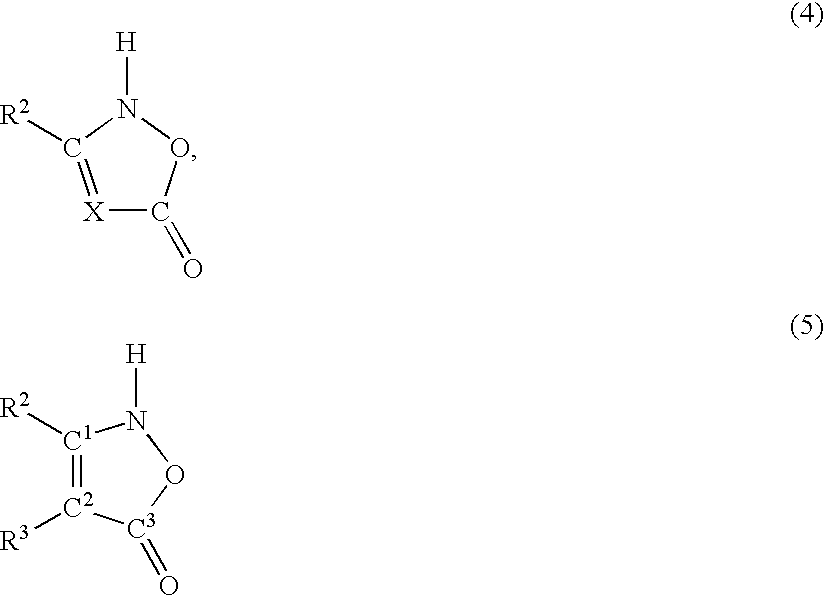Non-proteinogenic L-amino acids
a technology of amino acids and amino acids, applied in the field of non-proteinogenic amino acids, can solve the problems of low yield, growth inhibition, cost-intensive enzymatic processes, etc., and achieve the effect of reducing the number of amino acids in the body
- Summary
- Abstract
- Description
- Claims
- Application Information
AI Technical Summary
Benefits of technology
Problems solved by technology
Method used
Image
Examples
example 2
Production of S-[2,3-dihydroxy-4-mercaptobutyl]-L-cysteine by Fermentation
[0072]The fermenter used was a Biostat M instrument from Braun Biotech (Melsungen, Germany) having a maximum culture volume of 2 l. Using the preliminary culture described in Example 1 (optical density at 600 nm approximately 3), the fermenter was inocuated with 900 ml of fermentation medium (15 g / l of glucose; 10 g / l of trytone; 5 g / l of yeast extract; 5 g / l of (NH4)2SO4; 1.5 g / l of KH2PO4; 0.5 g / l of NaCl; 0.3 g / l of MgSO4.7H2O; 0.015 g / l of CaCl2.2H2O; 0.075 g / l of FeSO4.7H2O; 1 g / l of Na citrate.2H2O and 1 ml / l of trace element solution, see above, 5 mg / l of vitamin B1 and 15 mg / l of tetracycline, adjusted to pH 7.0 using 25% ammonia). During the fermentation, a temperature of 32° C. was set and the pH was kept constant at a value of 7.0 by adding 25% ammonia. The culture was treated with sterilized compressed air at 1.5 vol / vol / min and stirred at an agitator speed of 200 rpm. After the oxygen saturation h...
example 3
Production of S-phenyl-L-cysteine by Fermentation
[0075]The bacteria were cultured as described in Examples 1 and 2. After eight hours, a 1 M Na thiophenol suspension was added at a rate of 2 mmol / h. S-phenyl-L-cysteine is eluted at a retention time of 88 min using the HPLC method described in Example 2. The yield was 2.1 g / l.
example 4
Production of 1,2-pyrazolyl-L-alanine by Fermentation
[0076]The bacteria were cultured as described in Examples 1 and 2. After eight hours, a 1 M 1,2-pyrazole solution was added at a rate of 4 mmol / h. 1,2-pyrazolyl-L-alanine is eluted at a retention time of 8.4 min using the HPLC method described in Example 2. The yield was 6.1 g / l.
PUM
| Property | Measurement | Unit |
|---|---|---|
| pH | aaaaa | aaaaa |
| temperature | aaaaa | aaaaa |
| concentration | aaaaa | aaaaa |
Abstract
Description
Claims
Application Information
 Login to View More
Login to View More - R&D
- Intellectual Property
- Life Sciences
- Materials
- Tech Scout
- Unparalleled Data Quality
- Higher Quality Content
- 60% Fewer Hallucinations
Browse by: Latest US Patents, China's latest patents, Technical Efficacy Thesaurus, Application Domain, Technology Topic, Popular Technical Reports.
© 2025 PatSnap. All rights reserved.Legal|Privacy policy|Modern Slavery Act Transparency Statement|Sitemap|About US| Contact US: help@patsnap.com



